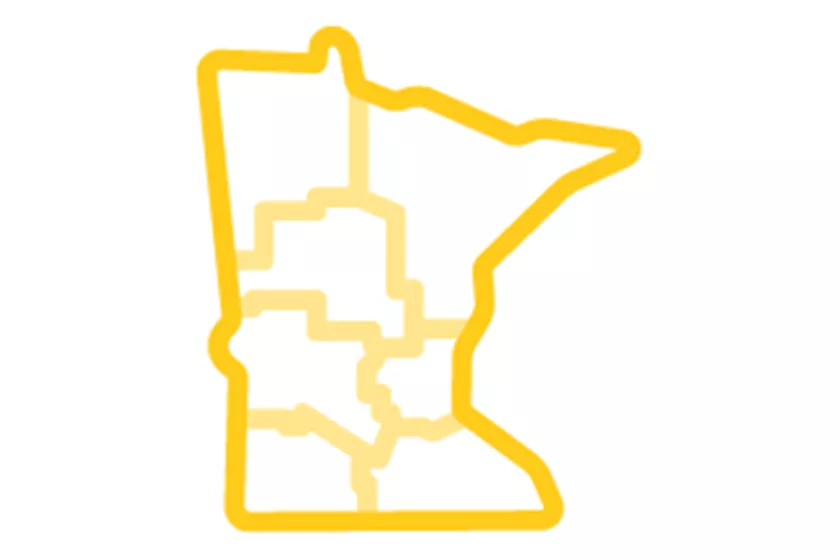At CERTs we want to help you save energy and money with energy efficiency methods and renewable energy options. Let us help you navigate the federal and state incentives so you can create your own energy-saving plan.
NOTE: We're tracking the changes to clean energy incentives from the July 4, 2025 signing of H.R. 1. They are not reflected in this guide.
Visit our new Pay for Your Projects tool for a more up to date way to plan project funding.
Questions? Feedback? Let us know!



